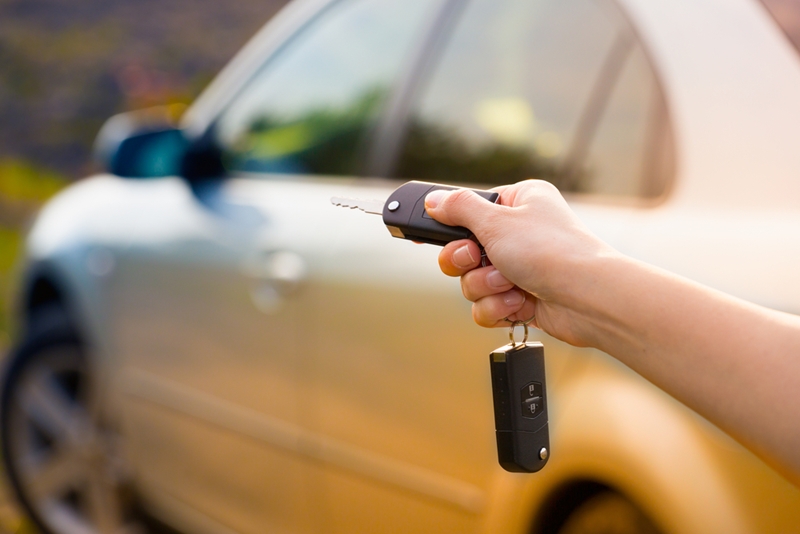
The vehicle identification number (VIN) is composed of 17 characters (digits and capital letters) that act as a unique identifier for the vehicle. A VIN displays the car's unique features, specifications and manufacturer.
The VIN can be found in a couple of places including on the car's registration label (1), on the compliance plate in the engine bay (2) or on the passenger side windshield (3), or on one of the door posts (where the door latches when it is closed) (4). See the image below:
It can be an exciting time when you first get behind the wheel, and for most people, this is when they'll be the safest driver. A lifetime of picking up bad habits can start to take its toll, which is why you should make sure you never get complacent about the quality of your driving.
Think back to when you first passed your test. Chances are you were pretty cautious out on the road, checking your blind spot and using the correct hand positions when tackling manoeuvres. Over time, these standards can start to slip, which is why you should always look back on what you learnt during those all-important lessons.
Of course, choosing a safe car is a good place to start. Think about getting a CarHistory report to make sure the next car you buy has all the right credentials for a safe ride.
Areas of driver safety to consider
There are several key areas you will have been tested on1 before being granted your P1 licence. These include vehicle control, observation, speed management, road positioning and decision making. You will also have been assessed on your ability to assess and overcome hazards.
As the Roads and Maritime department points out, driving is never going to be risk-free. However, it is drivers' responsibility to make sure they're travelling in the most low risk way possible, which means being aware of your surroundings and making the right decisions.1
Your instructor will no doubt have taught you to drive according to the conditions. For example, if it's a particularly wet day your stopping distance will increase considerably2. As a result, you'll need to keep that little bit extra distance between your vehicle and the one in front.
Get everything in position
You'll also have been assessed on how well you've adapted your car. This is particularly important if someone else was using it before you, as the mirrors, seat and maybe even steering wheel might not be in quite the right position.
James Stewart, senior driving instructor at Driving Solutions International, was asked what were the most common examples of bad habits he comes across in his day-to-day job. Speaking to Private Fleet, he revealed that poor seating position3 is one of them.
He estimated that as many as half the people who attend his driver training courses don't have their seat in the right position. This ranges from those who recline their seats too far and the other end of the spectrum, where the driver sits far too close to the steering wheel.

Think back to when you first got your car keys - what was your driving like?
1 Roads and Maritime Services NSW. A Guide to the Driving Test. Accessed February 2016.
2 Department of Transport and Main Roads QLD. Stopping Distances Explained. Accessed February 2016.
3 Private Fleet. Ten Worst Driving Habits. Accessed February 2016.